At this time of year, there is nothing more warming and hearty than a hot plate of lentils with chorizo. In Italy, on New Year's Eve, it is a traditional meal with pigs trotters where they consider it to bring good luck and prosperity for the coming year. So if that isn't a good enough reason to try this dish I don't know what is! Even if you aren't in Italy, luck is luck and prosperity is prosperity!
This is one of my favourite winter dishes accompanied with some crusty bread and butter (that’s the British influence in me) and it is much easier to make than you might think. If you make a little extra it will last in the fridge for a few days, however, they don’t freeze well so it is always best to make them fresh.
 ‘Lentejas con Chorizo’ is a traditional dish which has spanned the Iberian peninsula, it is a dish that allows for some flexibility when it comes to ingredients as recipes vary slightly from region to region where different vegetables are added but chorizo is always the reigning ingredient for flavour. Rich in proteins, minerals and carbohydrates, lentils have been a part of the Mediterranean diet for thousands of years.
‘Lentejas con Chorizo’ is a traditional dish which has spanned the Iberian peninsula, it is a dish that allows for some flexibility when it comes to ingredients as recipes vary slightly from region to region where different vegetables are added but chorizo is always the reigning ingredient for flavour. Rich in proteins, minerals and carbohydrates, lentils have been a part of the Mediterranean diet for thousands of years.
This legume fuelled roman legions and it’s not surprising given that about 30% of their calories come from proteins. Lentils have the third-highest level of protein, by weight, of any legume or nut, after soybeans and hemp. They also contain dietary fibre, folate, vitamin B1, and minerals. The low levels of Readily Digestible Starch (RDS) 5%, and high levels of Slowly Digested Starch (SDS) 30%, make lentils of great food for people with diabetes but more so they are a good source of iron, having over half of a person's daily iron allowance in a 100g serving.
To make this dish we will need the following ingredients for 6 people :
500gr Pardina Lentils “Extra” (a Spanish variety but readily available)
1 Green pepper - diced
4 large carrots – chopped into slices (not too thin)
2 large cloves of garlic – finely chopped
2 large onions - diced
2 bay leaves
1 Tsp. Paprika
Salt & Pepper – to taste
4 Tbsp. Extra Virgin Olive Oil
2 large mature tomatoes – peeled and diced
3/4 chorizos – approx. 250g
180g of diced Serrano ham (optional)
1 morcilla (optional)
1 piece of Serrano ham bone (optional)
1 piece of beef marrow bone(optional)
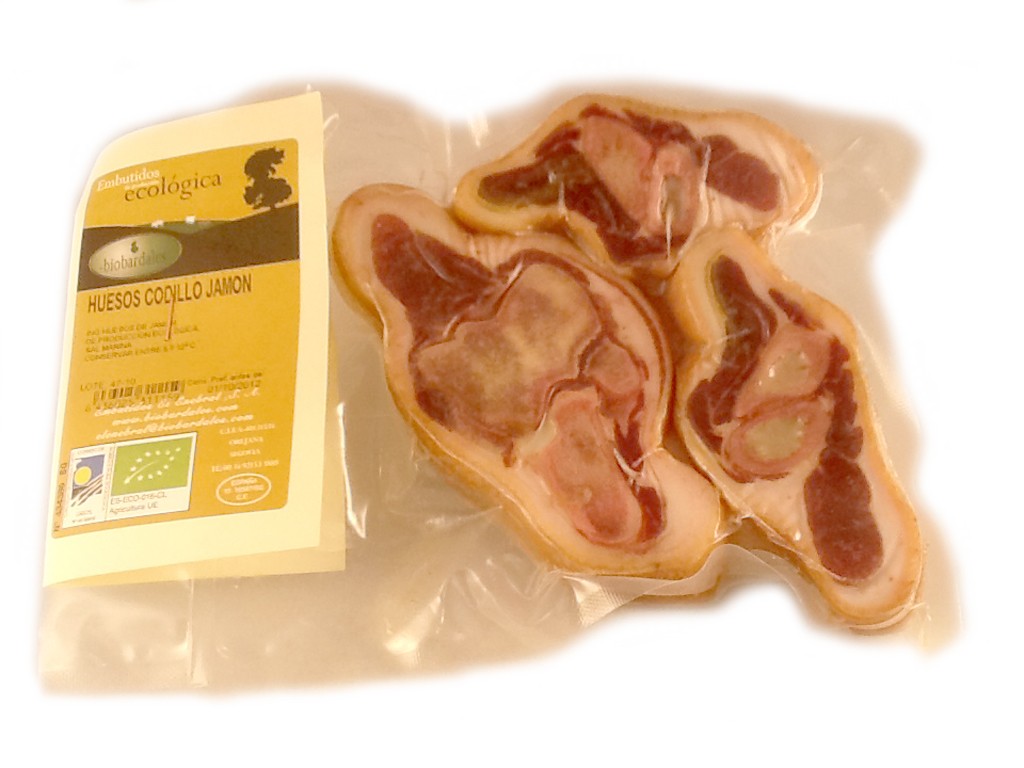
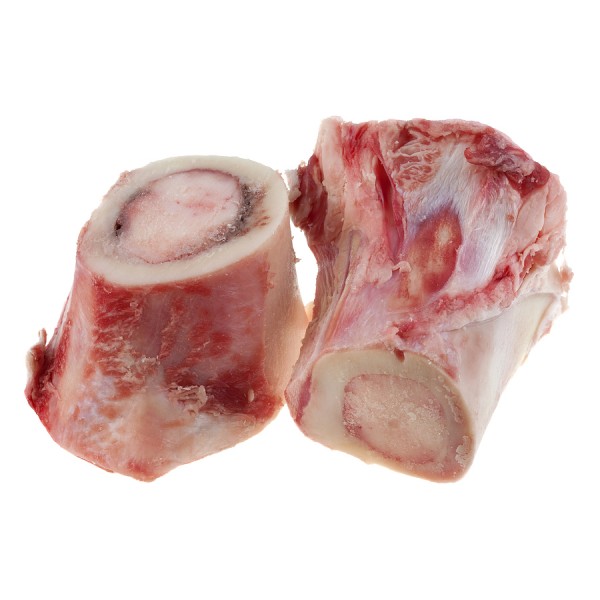
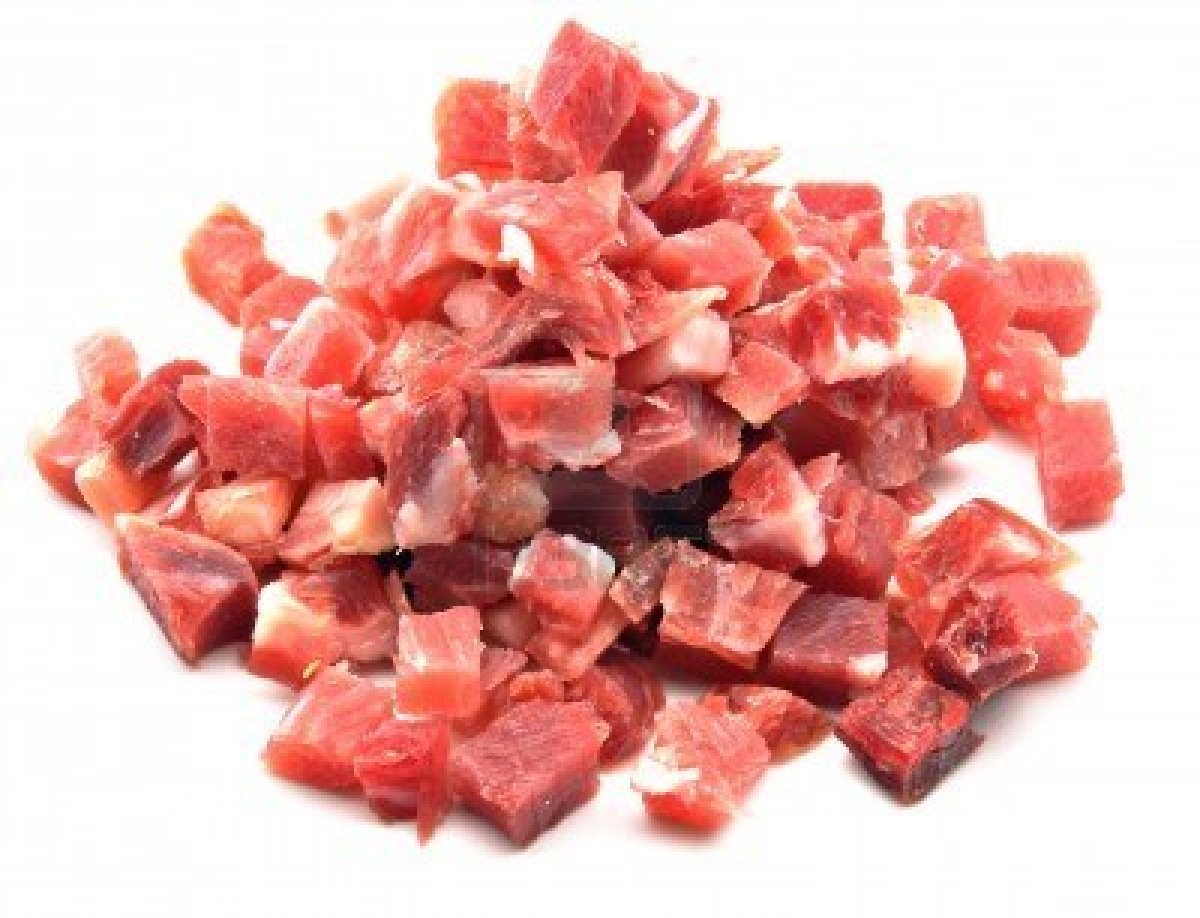
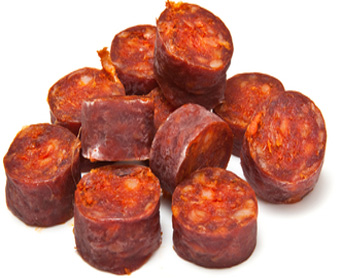
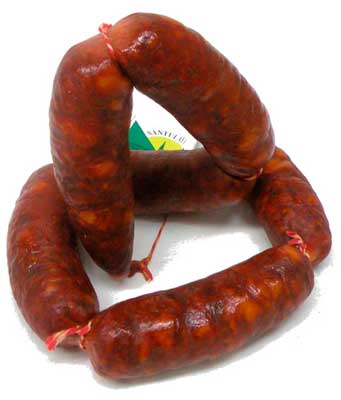
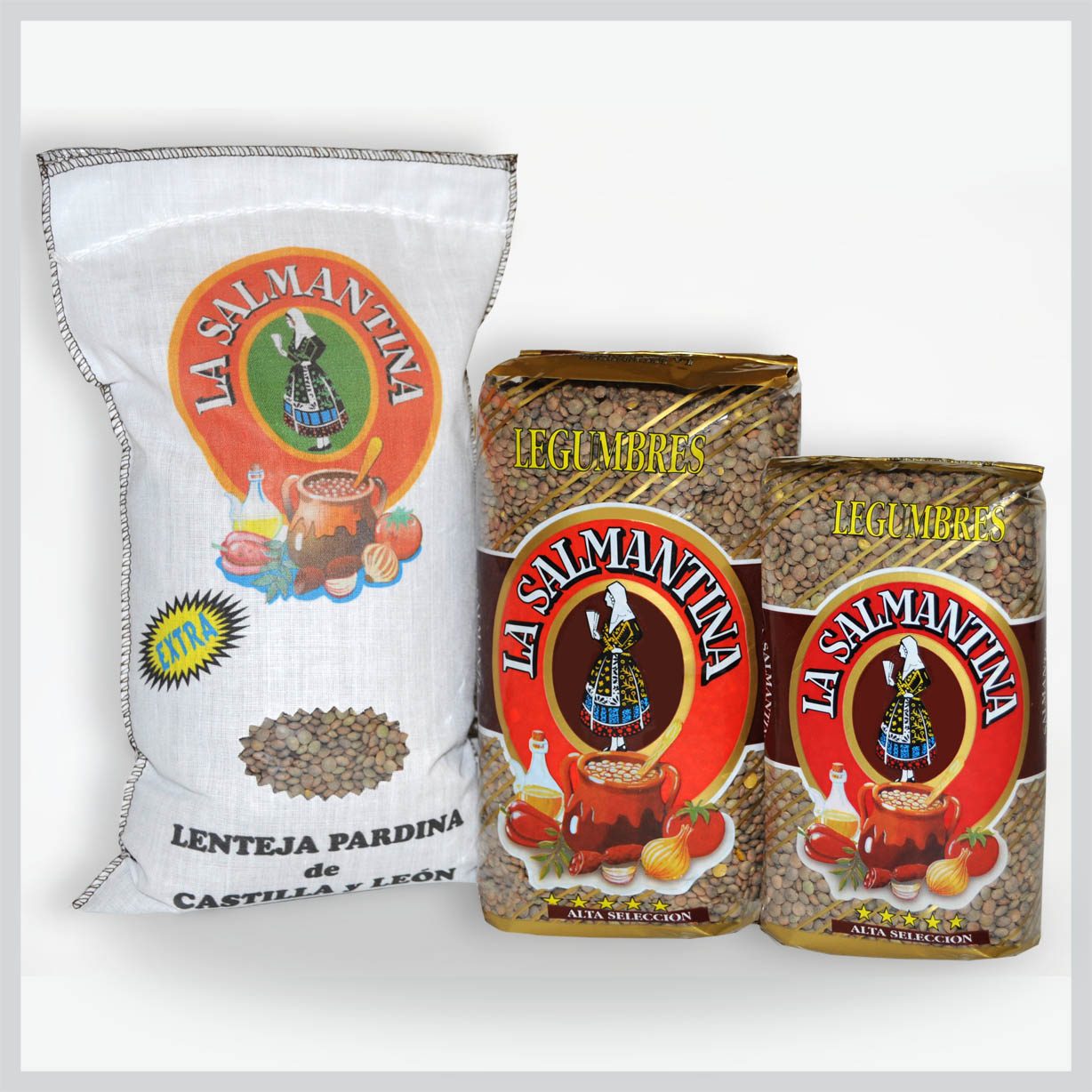
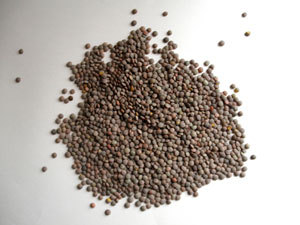
If you include all the ingredients you are in for a feast but you may not have all those ingredients readily available so if you can only get chorizo that will be sufficient to get a good result, the rest of the meat ingredients are optional. If you can’t find ham or bones, you could substitute them for 200g of Pancetta (unsmoked bacon) cut into large thick pieces, which is more readily available in the UK and actually more traditional than the chopped ham, it's just, I find that the pancetta adds, even more, fat to the dish whereas the ham doesn't.
The first thing you need to take into consideration is the class of lentil. Pardina lentils are used for this recipe and it is best to use the ones classed as “extra” as they don’t need to be soaked in water before cooking them. However, if you can’t find these you will need to soak the lentils in water for about 6-8 hours, so best to do it before going to bed and in the morning they’ll be perfect. You can, however, soak the “extra” lentils too and it will reduce the cooking by 30 minutes. That is up to you. I normally do it anyway and in the morning you will see that some lentils are floating on top of the water, these need to be scooped up and thrown away as they are not suitable for cooking. Whatever you decide, the lentils must be washed before using to remove any impurities. Once we have our lentils ready, put them aside until we need them. This recipe contemplates the lentils being soaked.
Get a stew pot and add the extra virgin olive oil and heat it up. Then add the onions and garlic and fry for about 10 minutes. Then add the green pepper, tomatoes, carrots and bay leaves and fry for a further 3 minutes.
Add the bones to the pot and a generous teaspoon of paprika. Quickly stir the paprika and then add the lentils and the Serrano ham. Be careful not to burn the paprika, this will make the dish go bitter, a few seconds is sufficient before adding the lentils. Stir in the lentils and the ham so all the ingredients are well mixed in and then add the cold water straight away. For 500g of lentils, you will need 1,5L of water approx. The water should comfortably cover all the ingredients, as there are still ingredients to add. Depending on how you prefer your lentils you can adjust the water to have more stock or less stock at the end. If you see your lentils are running out of water before they are ready you can add more boiling water during the cooking process if necessary but it must be boiling so not to interrupt the cooking process. Slowly bring to the boil, when it is boiling some foam will appear on the surface of the water, scoop it off. These are impurities from the bones and we don’t want it in the stock. Let it simmer for about 20 minutes and taste for salt and pepper. You may not need to add any as the ham does add salt to the stock.
Now add the chorizo, you can either add it whole or chopped up into large pieces, I prefer it chopped up as it releases more flavour. You can now also add the whole morcilla if you have decided to use it (don’t chop it up otherwise it will disintegrate). Reduce to a medium heat for another 30 minutes, stirring from time to time. Now you can remove the bones. For another 15-30 minutes cook on a low heat checking the texture of the lentils until they are perfectly cooked. Be careful not to cook them for too long or get distracted otherwise they will turn to mush. Once ready, remove from the heat and serve in a bowl with a side of crusty bread and butter. A little trick to jazz them up and give them a little kick from time to time is to dress the bowl with a couple of Basque chillis in vinegar, alternatively if you don't like chilli a little squirt of white wine vinegar gives it a great aftertaste, this was my father in law's favourite way of eating lentils.
If you are in a rush you can always use a pressure cooker, which will reduce the cooking time to about 25 minutes depending on your cooker. If you are looking for a slightly healthier version of this dish you can remove the meat ingredients and add potatoes and leeks to the stock resulting in a fantastic vegetarian dish.
I really hope you give this a go, it well works the effort and to be honest once you have chopped up all the ingredients it cooks on its own.
Enjoy!